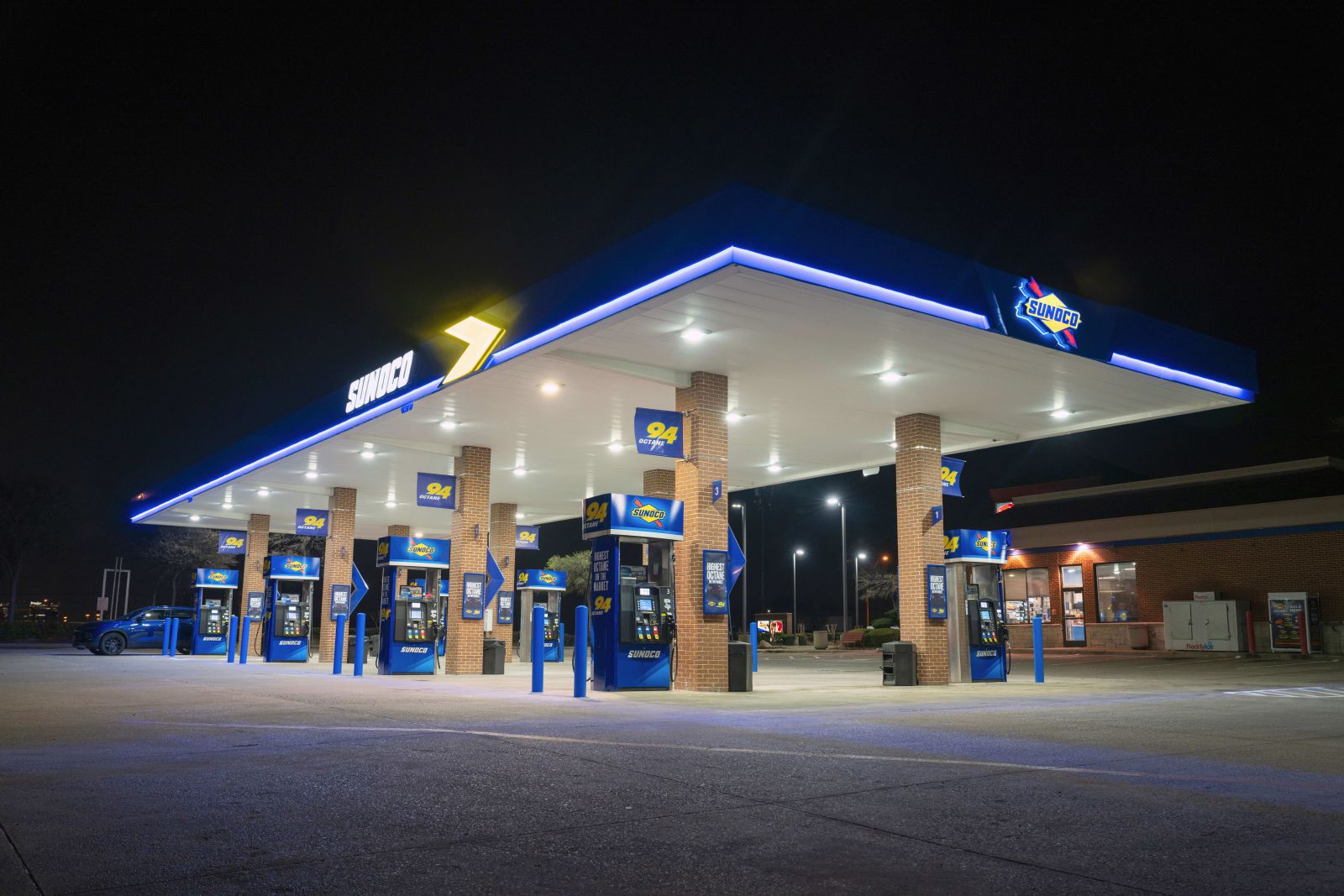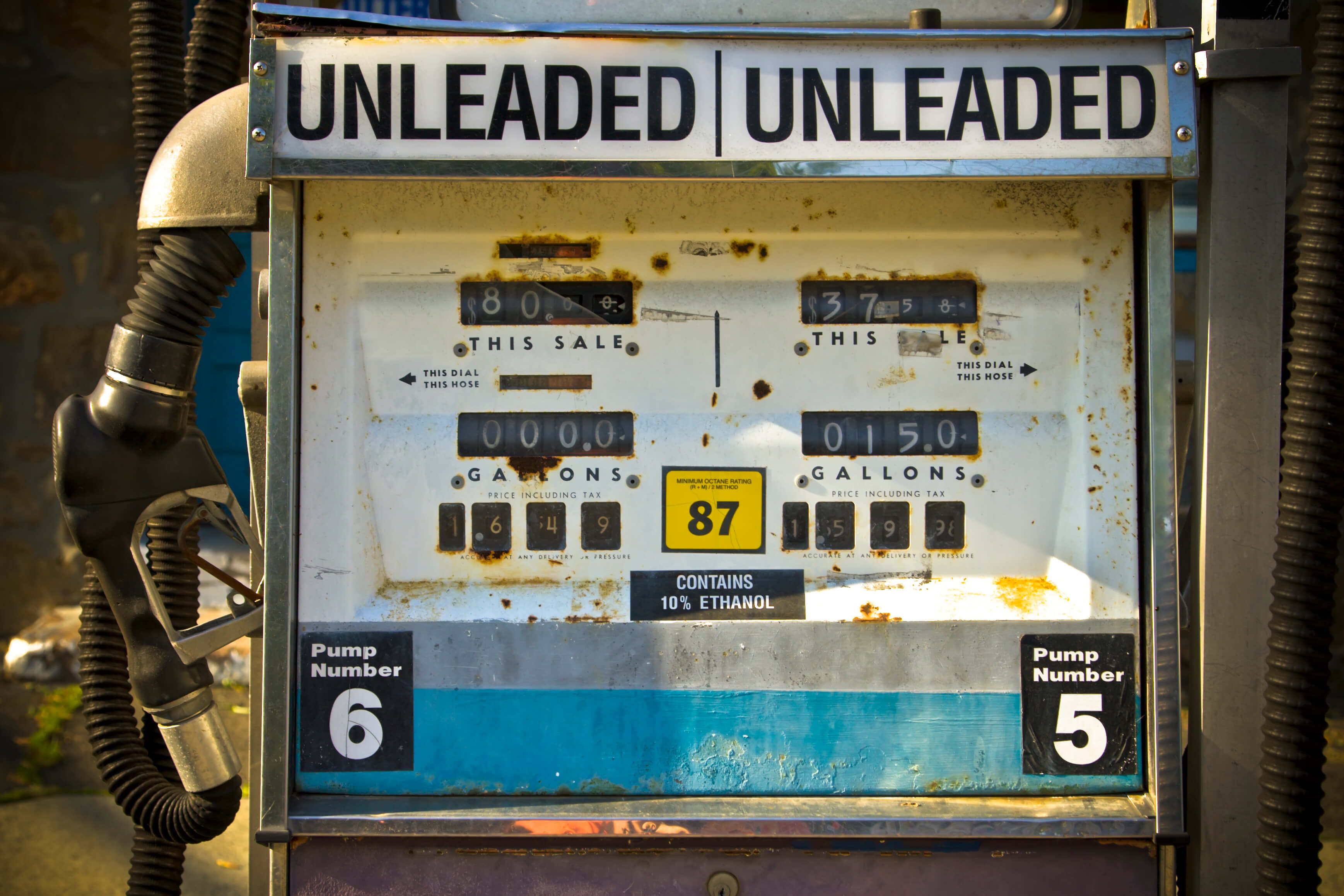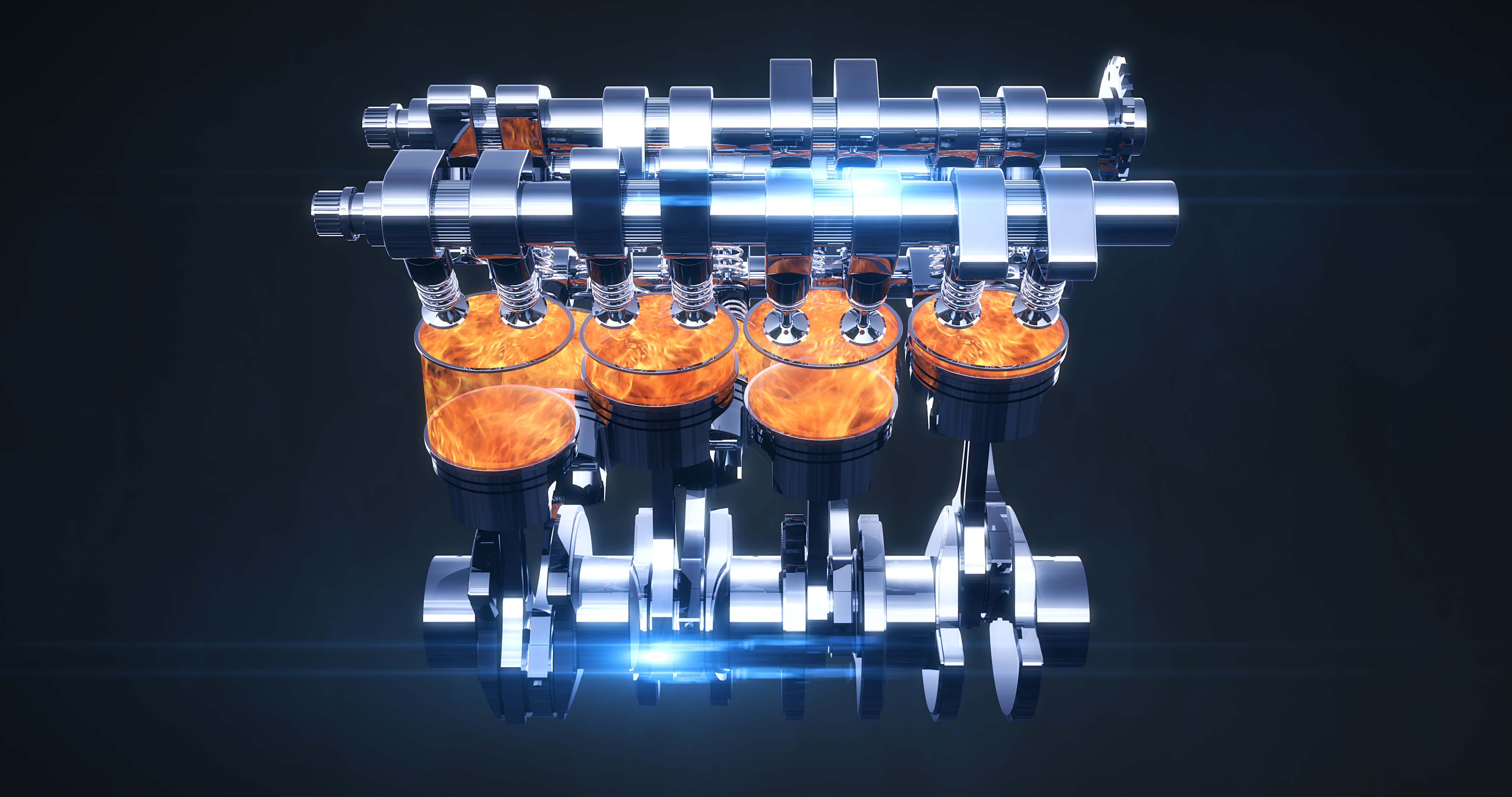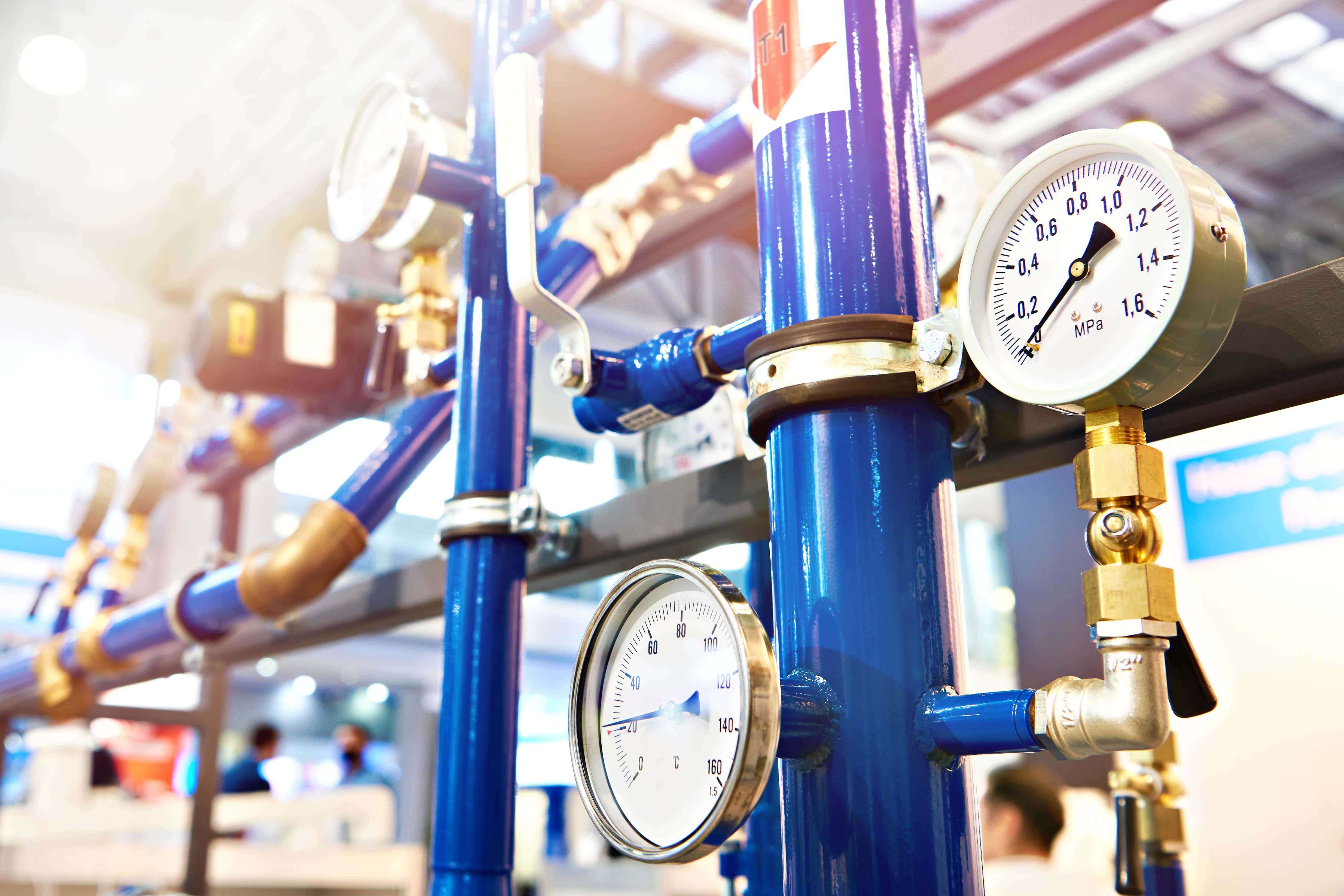Performance Fuels

Is Your Gas Station a Good One?
- Category:
- Fuel Facts
Posted on 5/9/2024

Once you go beyond price, location and bathroom cleanliness, does where you fuel up really matter? It actually can, explains Zachary J. Santner, senior specialist of quality at Sunoco.
Fuel Matters: The top end of an engine can be a dirty, sludgy place, especially once you add crankcase gases to the mix. That mist of blowby and oil vapors present inside the crankcase? Unless the car is really old or something has been modified, it sends that dirty air back into the combustion chamber.
“The oily residue can build up on the backs of valves,” Santner explains. “It’s not good stuff.” Those deposits can block the valves, causing various performance issues.
How do you combat the resulting carbon buildup? Top Tier fuels feature an added detergent package designed to keep combustion chambers clean–clean from oil mist, clean from the gums and varnishes found in fuel itself. According to an AAA study, non- Top Tier gasoline averaged 19 times more intake valve deposits than Top Tier fuels. (And, Santner notes, all Sunoco pump fuels carry the Top Tier designation.)
Cleanliness Matters: Not all gas stations are created equal. Some are simply cleaner and better maintained than others.
“If it looks really dingy, they probably don’t maintain their pumps and filters,” Santner says. The pumps are fitted with filters, he explains, that are designed to prevent rusty particles as well as water from leaving the nozzle.
Season Matters: Different gasoline blends are sold during the winter and summer months, and they can have an impact on how easily your engine starts. In the most basic terms, the winter blends–generally sold from mid-September through springtime– feature a higher vapor pressure to assist cold starts.
If you plan to put away a car until spring, Santner says, maybe fuel up with a winter blend to help with that first start of the season.




